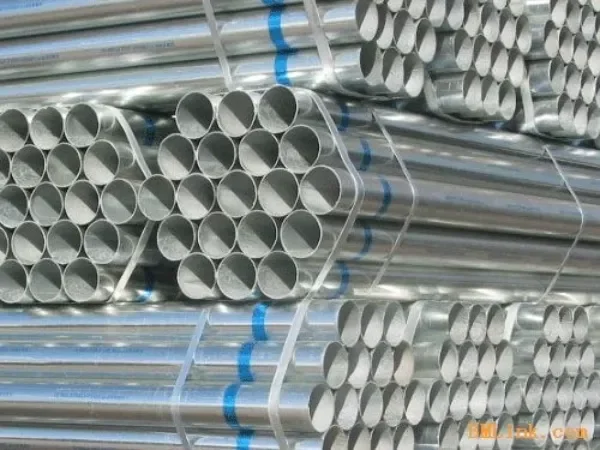How to Determine the Quality of Galvanized Steel Pipes?
Galvanized steel pipe is a common building material. It has the advantages of being anti-corrosion, wear-resistant and corrosion-resistant, and is widely used in construction, transportation, agriculture, the chemical industry, and other fields. However, the quality of galvanized steel pipes on the market varies, and how to judge the quality of galvanized steel pipes has become an important issue. This article will introduce how to judge the quality of galvanized steel pipes from the aspects of material, surface, size, weight, marking, etc.

1. Materials
The materials of galvanized steel pipe mainly include ordinary carbon steel, low alloy steel, high alloy steel, and so on. Ordinary carbon steel has low strength and hardness and is suitable for general construction and machinery manufacturing; low-alloy steel has high strength and hardness and is suitable for high-strength construction and machinery manufacturing; high-alloy steel has corrosion resistance and Good abrasiveness, suitable for chemical, marine, and other fields. When purchasing galvanized steel pipes, the appropriate material should be selected according to the use environment and requirements.
2. Surface
The surface of the galvanized steel pipe should be flat, smooth, and free of cracks, bubbles, rust spots, scars, and other defects. The surface quality should be inspected by hand touch, visual inspection, etc. If there is any problem, the product should be returned or exchanged in time.
3. Size
The size of galvanized steel pipes should comply with national standards or industry standards, including outer diameter, wall thickness, length, etc. Use the tape measure, caliper, and other tools to measure the size, if there is any deviation, you should return it in time.
4. Weight
The weight of galvanized steel pipes should comply with national standards or industry standards, and tools such as scales should be used to measure the weight. If there is any deviation, the goods should be returned or exchanged in time.
5. Thickness
The thickness of the galvanized layer is an important factor in determining the quality of galvanized steel pipes. The thicker the coating, the better the corrosion resistance. The minimum thickness of the galvanized coating shall be 85 microns for pipes up to 100 mm in diameter and 100 microns for pipes over 100 mm in diameter.
6. Identification
Galvanized steel pipes should have obvious marks, including the manufacturer, specification model, implementation standard, production date, etc. The logo should be carefully checked, and the goods should be returned or exchanged in time if there is any problem.
To sum up, judging the quality of galvanized steel pipe needs to be considered comprehensively in terms of material, surface, size, weight, and marking. When purchasing galvanized steel pipes, you should choose products from regular manufacturers, carefully check the quality of the products, and return or exchange them in time if there is any problem.
The Benefits of Using Galvanized Steel Pipes
How is hot-dip galvanized steel pipe produced?
Attention should be paid to the problems of galvanized steel pipe welding
How to Judge the Quality of Galvanized Steel Pipe?
Storage and Handling of Galvanized Steel Pipes
What is the thickness of the zinc layer of galvanized steel pipe?






